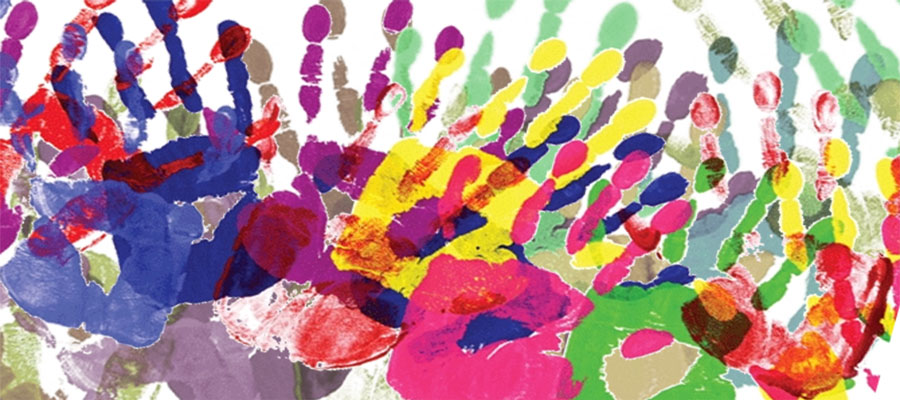
UPDATE: President Barack Obama cited this report in his speech to the Illinois General Assembly on February 10, saying:
"I just saw a story the other day showing that if you rank all 50 states across categories like education levels and household incomes, and race and religion, the one state that most closely mirrors America as a whole is Illinois, this state."
Illinois’ diversity catapulted it to the top of a new ranking of states best suited to host the country’s earliest presidential primary contests because they best reflect the makeup of the United States.
National Public Radio’s Perfect State Index looked at race, education, age, income and religion to measure how close each state is to the average across the entire country – or “mainstream” America.
The analysis was based on questions that emerge every four years about why Iowa and New Hampshire, which lag other states on measures of diversity, get first say in presidential elections. Other states are considered more representative of the United States as a whole.
Illinois came out the overall winner, ranking first in racial makeup, 20th in education, fifth in age, 14th in income and 10th in religion.
Illinois’ racial makeup most closely reflects that of the country, in large part, researchers say, because Illinois has been a destination during historical mass migrations: early immigrants from Poland, Italy and other European nations; the Great Migration of African-Americans from the South to Chicago; and Hispanics during the past 30 to 40 years.
“All of that is due to that fact that Chicago has been this kind of central place that has been emblematic of these different kinds of movements,” Bill Frey, a demographer with the Brookings Institution, told NPR.
“I don’t think there’s any other metropolitan area, or any other state really, that has all of these elements. ... Different parts of the country have had pieces of these things. But Chicago has had them all in different sequences. And so right now we have a snapshot of a metropolitan area that’s a lot like the U.S. population.”



